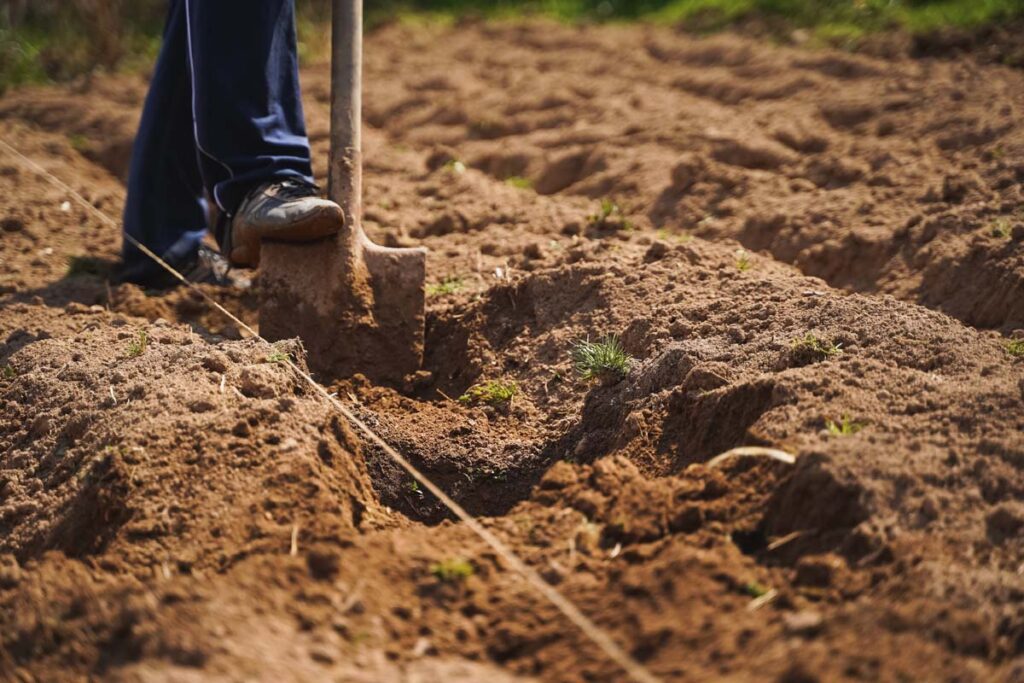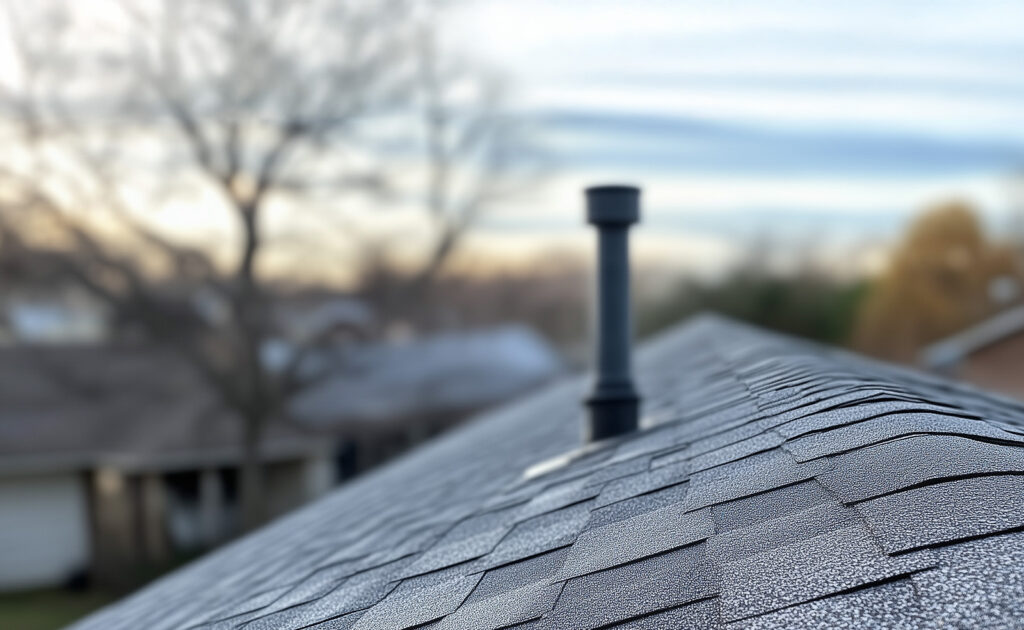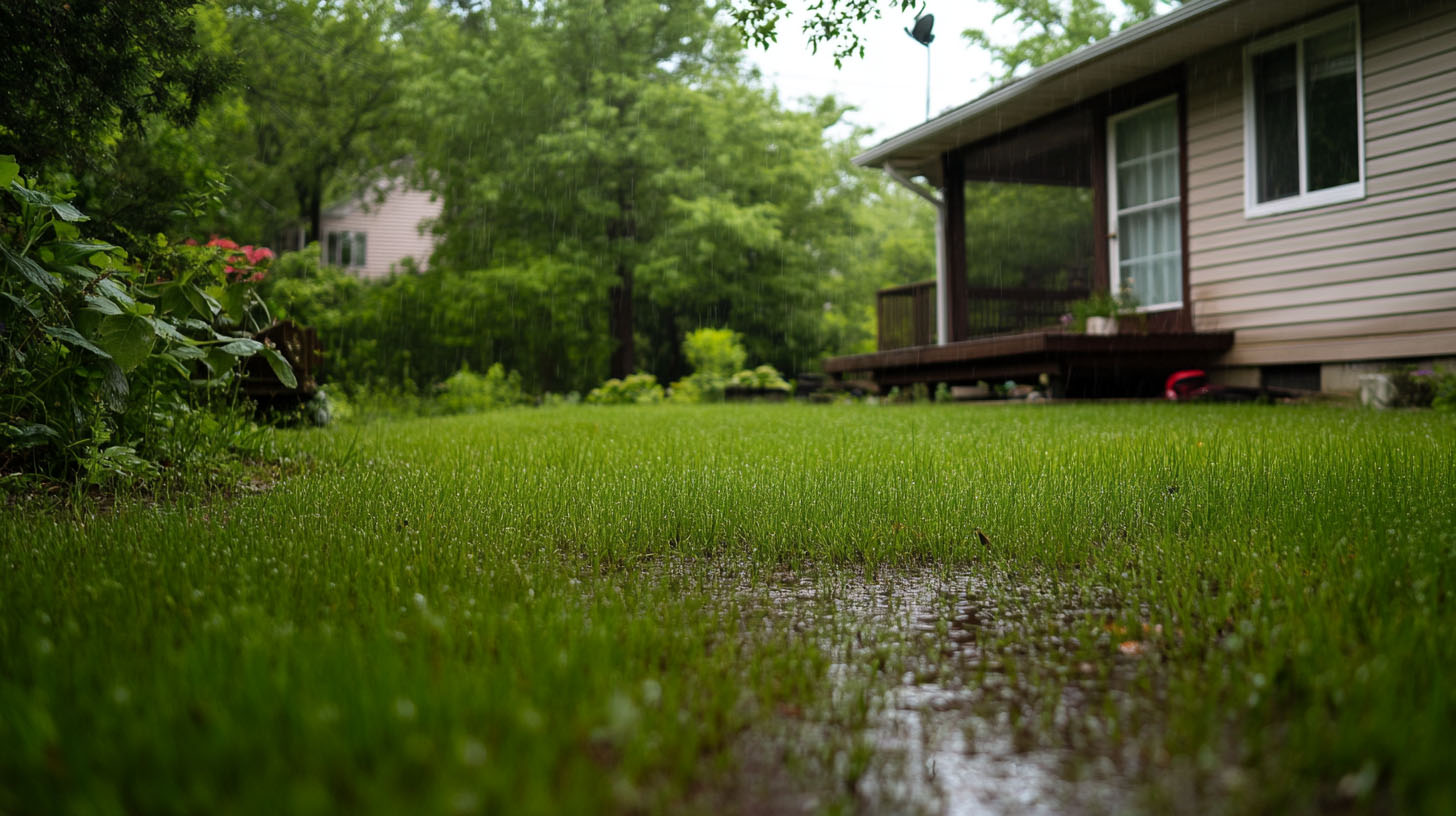How Much Does It Cost To Pump A Septic Tank In Virginia
Got a septic tank? Then you know it’s gotta be pumped out every now and then to keep things running smoothly (and avoid any nasty surprises).
But when it’s time to get the job done, the big question is: how much is it gonna cost?
The price can depend on things like the size of your tank, how full it is, and even where you live.
In this post, we’ll break down how much it costs to pump a septic tank in Virginia. And we’ll also share our septic tank pumping prices in Richmond and surrounding areas.
How Much Does Septic Tank Pumping Cost In Virginia
Septic tank pumping usually costs anywhere between $250 and $700 in Virgina.
For smaller tanks (around 750 gallons), prices typically range from $250 to $550, while a larger 1,500-gallon tank might cost closer to $450 to $1,100.
Also Read: how much does a septic system cost in Virginia?
Most people, with a standard 1,000-gallon tank, end up paying around $350 to $450 for a regular pump-out.
These values are just average, the exact cost depends on a number of things.
Our Virginia Septic Tank Pumping Prices
Our septic tank pumping service costs around $500, but the final price depends on things like your location, tank size, and how easy it is to reach.
If your tank is bigger or needs extra work, the cost may be a little higher.
We handle both residential and commercial septic systems, and we fully pump out the waste, do a basic inspection to check for any issues, and ensure everything is working properly. If we spot any concerns, we’ll let you know.
Call for a personalized quote and to schedule your service at a time that works best for you.
Check Out Our: Virginia Septic Tank Pumping Services
What Affects The Cost Of Septic Tank Pumping
There are a few things that can affect how much it costs to pump a septic tank in Virginia.
Let’s take a look at these in more detail:
Tank Size
The size of your septic tank is one of the biggest factors that affect pricing.
Bigger tanks generally cost more to pump. If you’ve got a large system, it might take longer to pump it out, and that translates into a higher cost.
On average, most homes in Virginia have tanks that hold around 1,000 to 1,500 gallons. If you’ve got one of those, expect to pay somewhere between $350 to $1000 for pumping.
But, if your tank is much larger than that – say, over 2,000 gallons -the price could go up to $750 or more.
Usage And Pumping Frequency
How often you use your septic system will also affect the cost of septic tank pumping.
The more people living in your house, the more wastewater you’re producing, which means your tank will fill up faster, so you might need to have your tank pumped more frequently.
Most experts recommend having your septic tank pumped every 3 to 5 years, but if you’re using it more often or have a large family, you might need to do it more often.
If you’re behind on pumping, you might need a more thorough cleaning or even repairs, which can drive the cost up a bit.
If you’ve been pretty good about regular maintenance, the cost could be on the lower end.
Accessibility
You might not think about it, but how easy it is for the pumping truck to reach your septic tank can influence the cost.
If your tank is in a tough spot like buried under a lot of landscaping or far away from the driveway, it might take extra time and effort to get to it.
In some cases, the pumping company may even need special equipment to get to your tank.
A simple, clear path to your septic system makes things easier and cheaper, while a more challenging location might mean you’ll need to pay a bit more.
Also Read: Does A Septic Tank Need A Vent?
Your Location

Where you live in Virginia also affects how much you’ll pay for septic tank pumping.
Pricing can vary based on local labor rates, demand for services in your area, and how far the service provider has to travel to get to you.
For example, if you’re in a more rural part of Virginia, you might end up paying a little more.
This is because septic pumping companies might have to travel farther to reach you, and sometimes they charge extra for the long drive.
On the flip side, if you live in a more urban area like Richmond or Virginia Beach, you might have more options to choose from, which could help you find a better deal.
Condition Of The Tank
If your tank is in poor condition, you might end up paying more.
If you haven’t been maintaining it properly or if there’s been damage, it could need extra attention during the pumping process.
For example, if your tank is clogged or the sludge inside is too thick, it could take longer to pump and require additional services like cleaning or repairs.
Sometimes, problems like leaks, cracks might be discovered during pumping.
These issues might need to be addressed right away, and that could increase the overall cost.
Also Read: Can I Use Copper Sulfate For Septic Tanks?
Additional Services

There are some extra services that might come with septic tank pumping. These aren’t always included in the basic pumping fee, so it will add to your total bill.
For example, some companies offer:
- Septic tank inspections: This is where they check the overall condition of your septic system to make sure everything’s in good working order.
- Septic system repairs: If they notice something wrong with your system while pumping, they might offer repairs.
- Line jetting or cleaning: This is an extra service where they clean out the lines connected to your tank to make sure everything’s flowing properly.
So be sure to clarify what’s included in the price you’re quoted.
Bottom Line
So, how much does septic tank pumping cost in Virginia? It really depends on these factors.
On average, you’re looking at a range of about $200 to $600 for the service.
It’s always a good idea to get quotes from a few different companies to ensure you’re getting a fair price. And don’t forget to ask about any extra services that might cost more.























